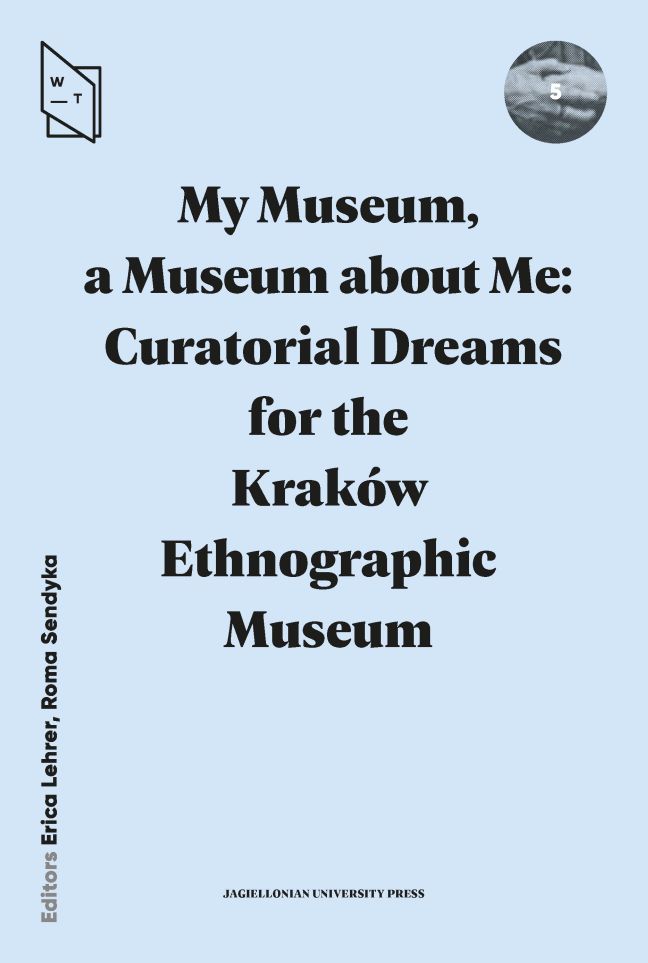Introduction: My Museum, a Museum about Me
Published online by Cambridge University Press: 01 March 2024
Summary
I have had curatorial dreams for the Seweryn Udziela Ethnographic Museum of Kraków (MEK, est. 1911) since my first visit there in the mid-1990s. Just beginning my graduate training in cultural anthropology in a moment of deep disciplinary self-criticism, I understood my task as to highlight and seek creative solutions to unequal power relations between observer and observed, and the resulting distortions and silences in representations of culture that long defined the craft. I was also “returning” to Poland as a Jew. It was less clear what to make of the affective force that accompanied my encounter with the awkward traces of this long-suppressed, severed history.
How was it possible, I wondered, for masks displaying classic anti-Jewish caricatures to hang on the wall in a state-run museum—in post-Holocaust Poland—with no critical commentary? Why was a Catholic Holy Week rattle (Polish: terkotka) that is identical to a Jewish one (Yiddish: gragger) used for the spring holiday of Purim not labeled to highlight this object's cultural hybridity, but instead framed so as to erase mutual influences among Poland's diverse ethnic cultures? How could the massive Jewish presence in the pre-war Polish countryside be invisible here? And in a museum standing in the middle of Kraków historical Jewish neighborhood of Kazimierz, no less.
Perhaps my shock was naïve—Indigenous people and those from the “developing world” have long been used to—if not numbed to—the pain of seeing their cultures distorted and misrepresented on museum walls throughout the Western world. And it is only in the last few decades that critical, long-marginalized voices have begun to be heard in and by museum institutions, primarily in societies that once had settler or overseas colonies. This “decolonial” sensibility driving museum critique in my home in North America has colored my gaze on MEK. Like Indigenous objects in Canada and elsewhere, many Jewish- related objects were rendered mute in places where once-vibrant “source” populations were destroyed or disempowered. But due to global movements of people—and movements for justice—such objects are being re-encountered and recognized by members of present-day “heritage communities” and other implicated subjects, setting the stage for their historical and cultural re-contextualization and social re-animation.
Indigenous and other subaltern approaches to museological justice have also inspired my approach to pursuing change.
- Type
- Chapter
- Information
- My Museum, a Museum about MeCuratorial Dreams for the Kraków Ethnographic Museum, pp. 13 - 20Publisher: Jagiellonian University PressPrint publication year: 2023

